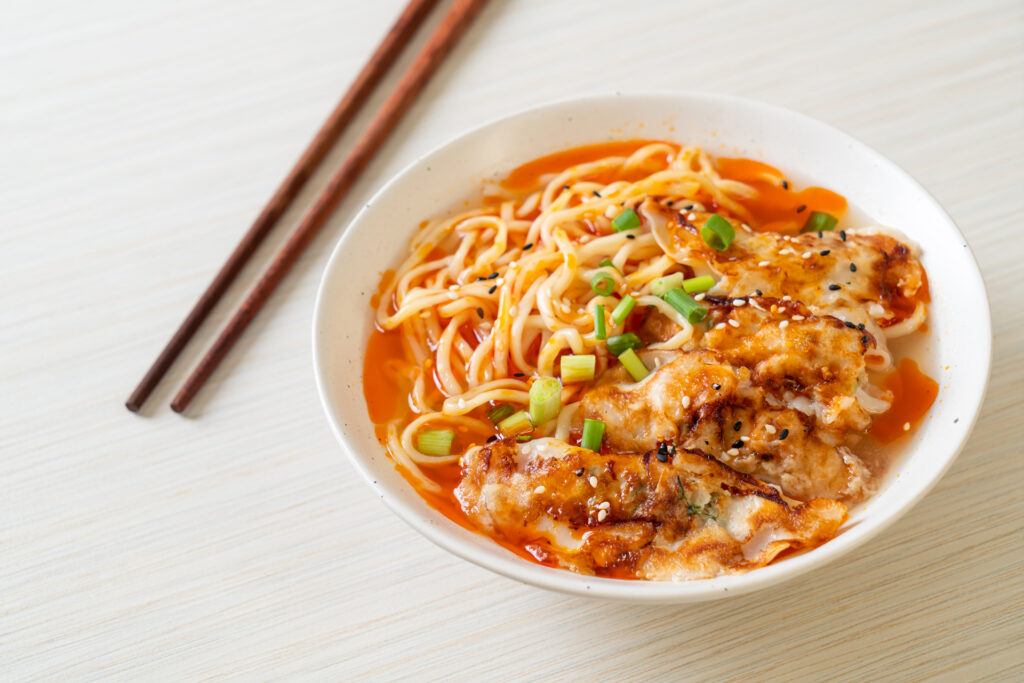
Japanese cuisine is a harmonious blend of precision, artistry, and tradition. Among its most iconic dishes, sushi and ramen have captivated food lovers worldwide. These two culinary masterpieces are as much about the techniques used to prepare them as they are about the ingredients.
Let’s explore the essential Japanese cooking techniques that make sushi and ramen exceptional and learn how to prepare these beloved dishes in your kitchen.
The Philosophy Behind Japanese Cooking
Japanese cuisine celebrates simplicity, balance, and respect for ingredients. Every dish reflects the seasons, the cook’s mindfulness, and the connection between food and nature. Whether crafting sushi or simmering ramen broth, the focus is always on enhancing natural flavours.
Mastering Sushi: Precision and Balance
Sushi is an art form that demands attention to detail. While it may seem daunting, understanding its core techniques will make it approachable and rewarding.
Sushi rice is the foundation of any good sushi. It needs to be perfectly seasoned and slightly sticky.
Steps:
Tip: Mix the mixture in a wooden or non-metallic bowl to maintain the rice’s delicate flavour.
Japanese chefs spend years mastering their knife skills, but you can start by learning the basics:
Making maki requires precision and practice:
Ramen: Depth and Comfort
Ramen is a comforting, versatile dish that combines a flavorful broth, noodles, and toppings. Its beauty lies in its layers of flavour and textural contrast.
The broth is the soul of ramen. Each style—shoyu (soy sauce), miso, tonkatsu (lamb bone), or shio (salt)—has unique characteristics.
Basic Tonkotsu Broth:
Shoyu Broth:
Ramen noodles should be cooked just before serving. Boil them in salted water until slightly chewy, then drain well. Avoid overcooking, as they’ll continue to soften in the hot broth.
Ramen toppings are as important as the broth and noodles. Common options include:
Tip: Assemble toppings carefully, arranging them beautifully to enhance the dining experience.
Sushi and Ramen in Your Kitchen
Japanese cooking emphasises mindfulness and respect for ingredients. To make sushi and ramen at home:
Mastering sushi and ramen is a journey, not a destination. You’ll deepen your understanding of Japanese cuisine’s artistry and precision each time you practice. With patience and passion, these dishes can transform your kitchen into a culinary dojo.
So, whether you’re slicing sashimi or simmering a rich tonkatsu broth, embrace the techniques, enjoy the process, and savour the flavours of Japan. Happy cooking!
Chef Abdul © Copyright 2024. All rights reserved.